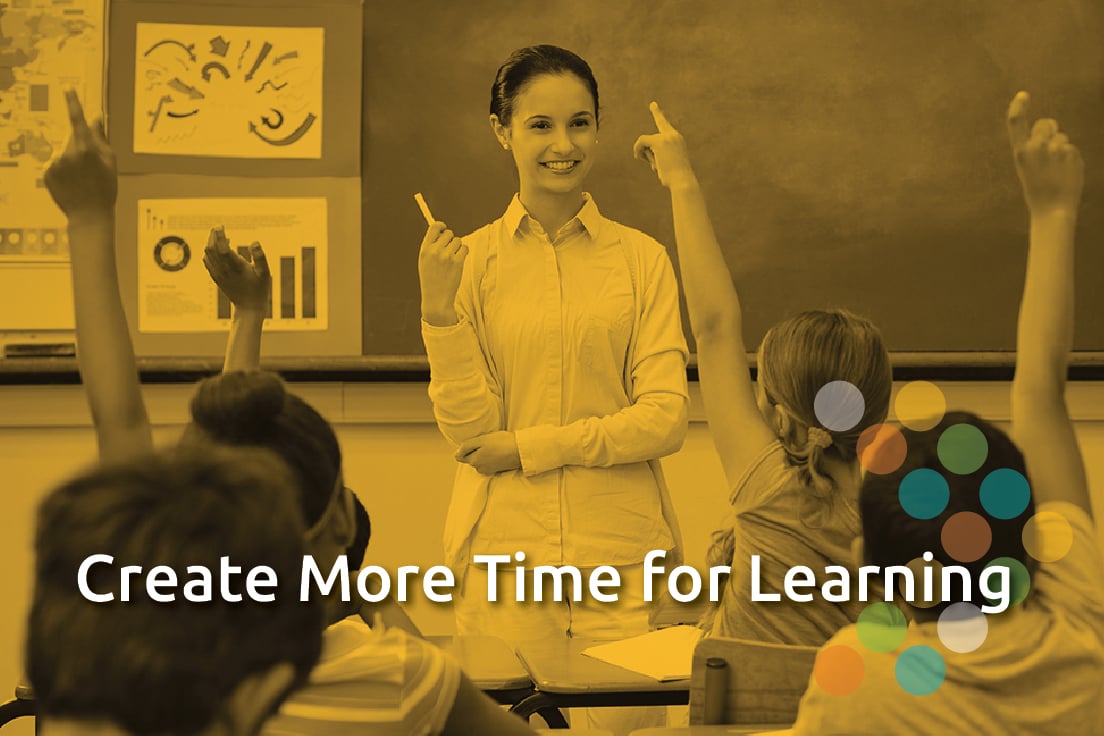By Dr. Peter M. Nelson—Penn State University College of Education
With election season underway, it is easy to see differences in the way our leaders think about education. However, there is at least one thing everyone agrees on—what teachers do matters.
The impact of a high quality teacher on the academic and social development of students is among the most empirically supported effects in education research. Given the importance of the classroom environment, it is not surprising that school systems are constantly making efforts to support teachers.
Effective professional development activity involves teachers with content that is directly relevant to their work. In many cases, data from teachers’ own classes lie at the center of those efforts.
A Different Kind of Teacher Assessment
While there are many wonderful observational tools that can be used to help teachers improve the class environment, in this post, I am going to present an argument for a method that is rarely adopted by schools: Student ratings.
Formative assessment in the classroom environment is an area of interest for me. I am a co-author on the Responsive Environmental Assessment for Classroom Teaching (REACT; FBL, 2015). The REACT is a student rating scale designed for use by teachers as a way to learn about students’ experiences in the class environment. I rely on that work—along with the work of others in this field—as a reference in the section below.
The Case for Using Student Perceptions to Guide Core Instruction
- Students are discerning. During the school year, students see their teachers for hours each week—as often as family and friends. While it might sometimes seem like students “power down” in the classroom—they are not robots. Students interact and learn from their environments the same way we all do. Students form views of the classroom environment over many hours of time spent in the classroom. That kind of outside perspective is almost impossible to come by, so why not ask?
- Student ratings are meaningful. Inevitably, some students will use the REACT—or similar tools—to vent about a recent negative interaction with their teacher. Similarly, some students may allow their perception of one characteristic (e.g., a teacher’s sense of humor) to impact their ratings of all things in the class; however, most students appreciate the opportunity to share their experiences and respond honestly. Further, those experiences matter. Students’ ratings of various aspects of the class environment are connected to their engagement in class, motivation to learn, sense of self-efficacy, and achievement.
- Students are reliable. Despite all the moving parts associated with middle and high school, it has also become increasingly apparent in our work with the REACT that students are consistent in their reports of the classroom environment. After the first month of instruction, students’ perceptions are fairly stable across the school year—unless there are changes within that environment.
- Student ratings are efficient. Students typically need around 15 minutes to complete the REACT. Further, student ratings can be collected without the help of anyone outside of the teacher. The simplicity of student ratings allows teachers to keep the process private to themselves and the students. As with other formative assessments, it is critical to note that the REACT is intended to support the teacher, not to evaluate effectiveness.
- Student ratings can be actionable. Although the concept of obtaining student ratings is not novel, the way that we think about obtaining the ratings matters. There are many different ways to ask students for information. In the case of the REACT, we have worked with teachers to identify items that foster action. For example, when teachers find that a majority of students report that they do not have enough time to work on things they learn in class, the process for deciding what to change becomes clearer.
Student ratings of the class environment are still a relatively untapped source of information for teachers. Collecting information from students can help facilitate a meaningful professional development process and provide teachers with the opportunity to evaluate and improve the quality of core instruction.
REACT is available in FAST™ as of December 2015. For more information or to request a demo, please contact sales@fastbridge.org.
For more information on REACT, join Dr. Nelson on Tuesday, March 2, 2016 at 3:00 p.m. CT on the Ask the Experts webinar series. For more information and to register for this free webinar, please visit: https://www.eventbrite.com/e/ask-the-experts-webinar-exploring-react-the-case-for-using-student-perceptions-to-guide-instruction-tickets-21726363137
Dr. Nelson is an Assistant Professor of School Psychology at Penn State University. He completed his doctoral training in school psychology at the University of Minnesota after obtaining his M.A. in education from the University of Mississippi. A former high school teacher, his primary research interests focus on data-based decision-making, prevention, and intervention in the classroom setting. He has published and presented on issues related to effective math intervention, classroom environment assessment, teacher development, screening, and progress monitoring.







